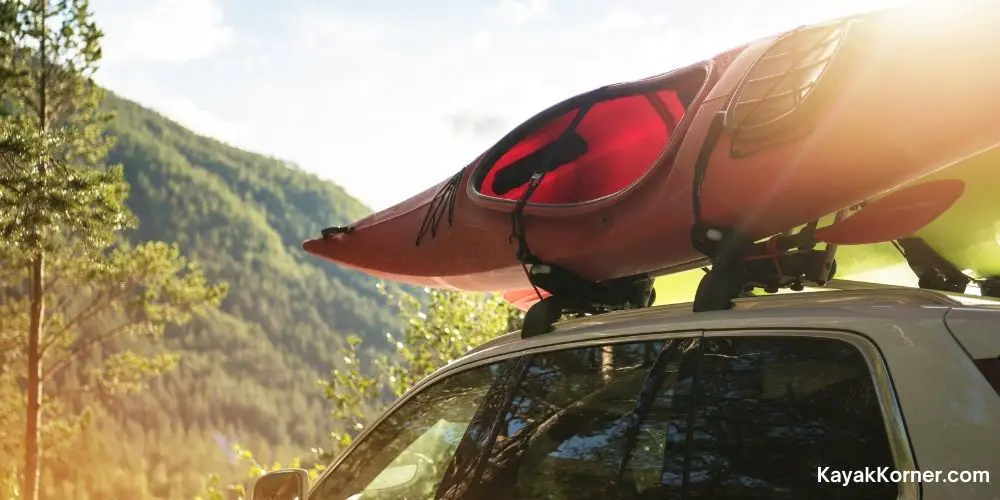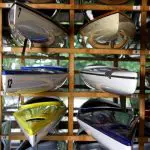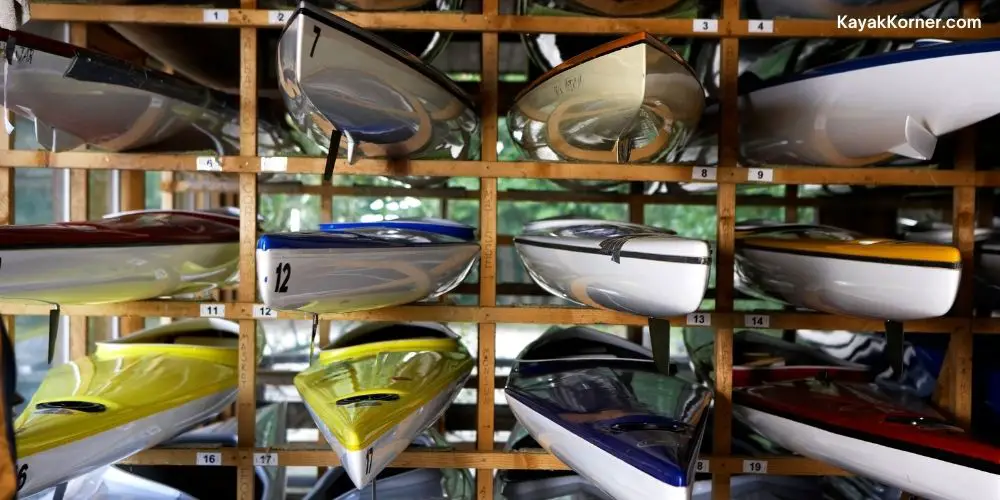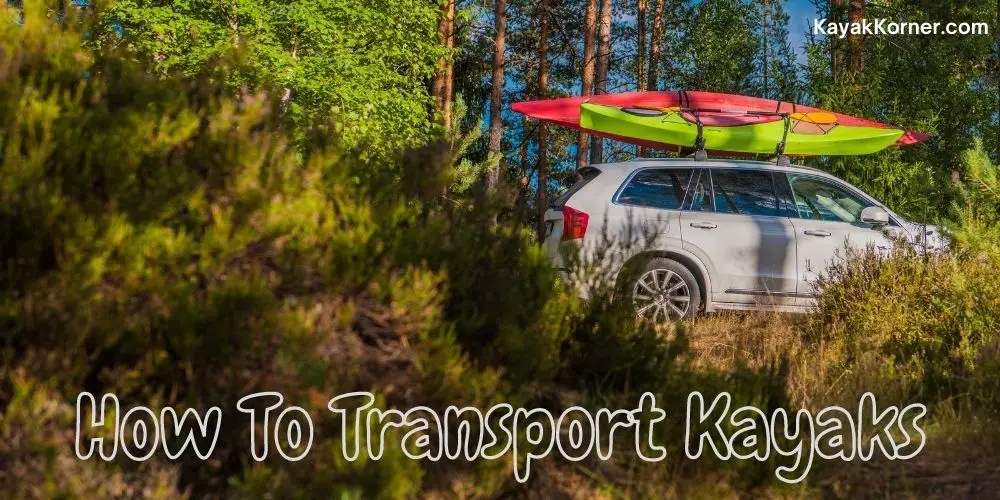If you’re new to the world of kayaking, transporting your kayak for the first time can be a harrowing experience. If you don’t secure it properly, you may cause danger to other drivers behind you. But it’s an even bigger challenge if you have to carry two kayaks. In this post, we’ll discuss how to transport 2 kayaks.
Equipment to safely transport your kayak
Soft roof racks
Soft roof racks are perfect for a lightweight haul. They are not permanent, so it’s a practical and effective solution. What’s more, the simple fitting method makes them convenient for kayakers who want to cover short trips.
Permanently fitted roof racks
If you want to reduce the risk of scratches on your kayak, a permanent roof rack can be a sure bet. They feature crossbar pads that lower the risk of dents. Because they provide more friction, there’s zero chance of slippage. If you’re traveling for a long distance, you can pair your crossbar pads and strong racks.
Bow and stern bow-downs
They come with cam buckle straps that ensure the kayak doesn’t move when you break forcefully. Besides, bow-downs reduce the stress on a rack and prevent lateral motion. During longer trips, tie-downs can lose tension, so adding a stern strap is a surefire way to ensure the load is anchored in position.
Kayaks trolleys
Moving your kayak may be the toughest part of the journey. But how about moving it from the car to the water? This is where kayak trolleys come in – they make the task nearly effortless. However, there’s a caveat to this. Some scupper-mounted trolleys can scratch kayaks, so additional strengthening may be required.
How to transport two kayaks on the roof rack (step-by-step guide)
First, you should set up two kayaks on the roof rack with tie-down straps. The first strap must rest on the middle of the windshield, while the other one should be on the middle of the rear window.
Next, load the first kayak on the rack and lift it as far as possible (driver or passenger side). Then, load the second kayak and place it close to the first one. And make sure there’s a gap between the two so that they don’t rub against each other.
Throw the strap over the second kayak and tighten it – the last thing you want is to see them fly off the roof. After that, go back to the first kayak and tighten the straps. If you face a challenge at this stage, loosen the straps and reset them. Once you’ve checked everything is in order, you should tighten the straps of the first kayak.
Finally, wrap the loose straps and ensure the kayaks are secure.
Basic rules when transporting kayaks
Whether you’re transporting a kayak on the roof of the car or at the back of the trailer, you must follow a few rules.
Don’t over tighten the straps
Beginners tend to overtighten the straps – just secure them not to slide forward and backward. The straps should bounce slightly without ruining the rack.
Make a daisy chain
Depending on the length of the straps, you may realize you have some straps left. You should not leave the excess strap flap on the wind. Why not make a daisy chain to reduce the excess strap? This is a simple step that increases the lifespan of the straps.
How to transport two kayaks without a roof rack
The easiest ways to transport kayaks without a roof rack are using foam blocks and pool noodles. Each method requires you to assemble the necessary gear.
Pool Noodles
This is arguably an affordable way of transporting a kayak safely. You’ll need two noodles (3 inches thick), stainless steel poles, and cam straps to secure the equipment. In addition to that, you require a bungee cord to tie the bow on the front and rear bumper.
When you use this method, make sure the roof of the car is shorter than the pool noodles. But again, the noodles must be wide to fit both sides of the kayak.
Thread the camshafts and insert the stainless steel through the noodles. The benefit of this method is that the stainless steel can be a few inches longer, so you can safely transport two kayaks.
To start with, you should secure the pool noodles and flip them over such that the cockpit is facing down. Once the noodles are in the center of the cockpit, you can tie them down. The straps will run inside the vehicle, so you ought to open the doors in this step.
If you want to make your life easier, you can tie the rope on the front and rear bumpers. Keep in mind your kayak handles also make a great anchoring point.
Foam Blocks
You need two sets of foam blocks (20 inches long and 4 inches wide). Again, they should not be wider than the width of the vehicle. For best results, you should select rectangular blocks with a V-shape. You also need four-cam straps or a bungee cord for added security.
This is a straightforward method. Just place the foam blocks at an appropriate distance apart and set the kayaks (face down). Then, secure the straps inside the vehicle and make sure the kayaks don’t move in sideways. The rear and front bumpers of the car can also be a great anchoring point.
Storing your kayak
Once you’re done with your outdoor adventures, the next headache is how to store your kayak safely. Poor storage will not only degrade the hull shape but also compromises its durability.
You should avoid storing the kayak in direct sunlight. Some of the signs of sun damage include loss of flexibility, fading, and cracking. If you live in an area that experiences a sunny climate, you can suspend a tarp above the kayak.
Will you put your kayak away for months? You should figure out your space to ensure you don’t block the way of other necessities. If you have a garage, a basement, or a shed, this should be your go-to option.
Experienced paddlers use a suspension system or a rack to hang the kayak from the ceiling. Whichever method you choose, make sure the weight is distributed evenly.
Another crucial tip is protecting your kayak from elements like snow and rain. Of course, you should never store your kayak on the ground due to the freezing temperatures. When you store your kayak properly, you’ll keep warping and fading at bay.





